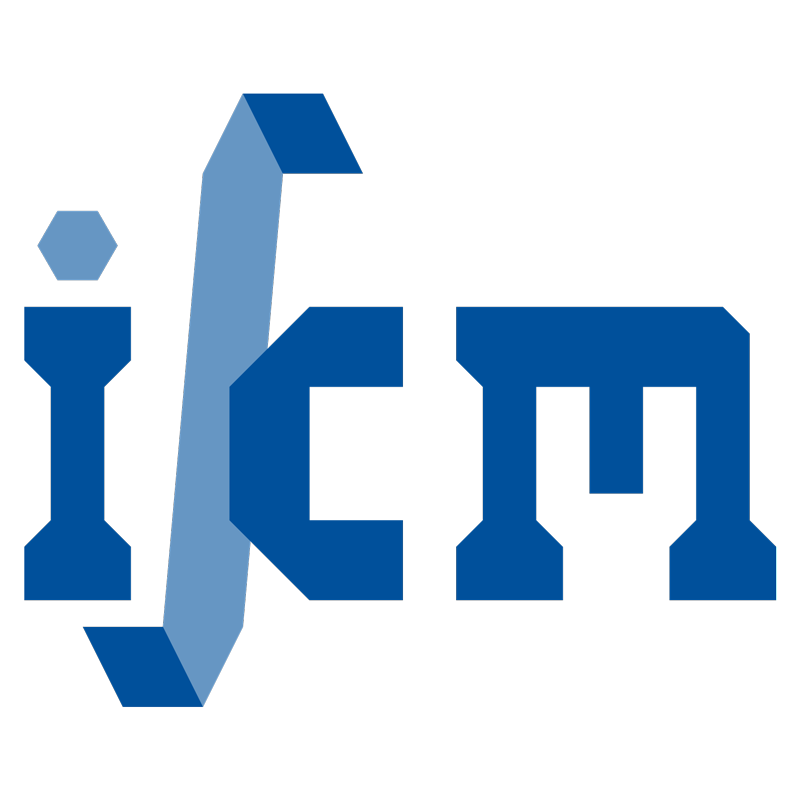On the hydraulic fracturing in naturally-layered porous media using the phase field method
- verfasst von
- Xiaoying Zhuang, Shuwei Zhou, Mao Sheng, Gengsheng Li
- Abstract
In the hydraulic fracturing of natural rocks, understanding and predicting crack penetrations into the neighboring layers is crucial and relevant in terms of cost-efficiency in engineering and environmental protection. This study constitutes a phase field framework to examine hydraulic fracture propagation in naturally-layered porous media. Biot's poroelasticity theory is used to couple the displacement and flow field, while a phase field method helps characterize fracture growth behavior. Additional fracture criteria are not required and fracture propagation is governed by the equation of phase field evolution. Thus, penetration criteria are not required when hydraulic fractures reach the material interfaces. The phase field method is implemented within a staggered scheme that sequentially solves the displacement, phase field, and fluid pressure. We consider the soft-to-stiff and the stiff-to-soft configurations, where the layer interface exhibits different inclination angles θ. Penetration, singly-deflected, and doubly-deflected fracture scenarios can be predicted by our simulations. In the soft-to-stiff configuration, θ=0° exhibits penetration or symmetrical doubly-deflected scenarios, and θ=15° exhibits singly-deflected or asymmetric doubly-deflected scenarios. Only the singly-deflected scenario is obtained for θ=30°. In the stiff-to-soft configuration, only the penetration scenario is obtained with widening fractures when hydraulic fractures penetrate into the soft layer.
- Organisationseinheit(en)
-
Institut für Kontinuumsmechanik
- Externe Organisation(en)
-
Tongji University
China Univeristy of Petroleum - Beijing
- Typ
- Artikel
- Journal
- Engineering Geology
- Band
- 266
- ISSN
- 0013-7952
- Publikationsdatum
- 05.03.2020
- Publikationsstatus
- Veröffentlicht
- Peer-reviewed
- Ja
- ASJC Scopus Sachgebiete
- Geotechnik und Ingenieurgeologie, Geologie
- Elektronische Version(en)
-
https://doi.org/10.1016/j.enggeo.2019.105306 (Zugang:
Geschlossen)


